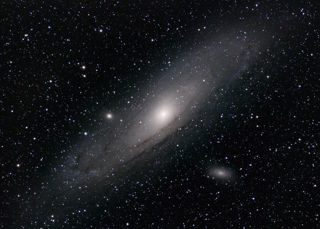
Imilac Meteorite BM1906,52
Imilac Meteorite BM1906,52
Pieces of Imilac meteorite were first found in the Atacama Desert, Chile in 1822. Over 900 kilograms of Imilac meteorite have been recovered in the years since. Imilac is categorised as a stony-iron meteorite of the pallasite variety.Pallasites are composed of a nickel-iron matrix with silicate inclusions. Usually, the silicates are large olivine crystals with a translucent yellow-green appearance. They are one of the most striking types of meteorites and also one of the rarest. Of the more than 60,000 recognised meteorites to have been discovered, only around 300 have been pallasites. This particular sample has been cut open and polished to show off the nickel-iron matrix and olivine inclusions.
How pallasites are formed remains a matter for debate amongst scientists. Pallasites come from differentiated asteroids - asteroids which have melted. This melting process causes the materials that make up the asteroid to separate, with the denser iron metal sinking toward the centre to form an iron core as the asteroid cools. Other materials form a mantle and crust on top of this core in a layered structure. The established theory for many years was that pallasites originate at the boundary between the core and the mantle, where iron from the core was squeezed up into the olivine in the mantle. However, some scientists believe that there are too few olivine rich meteorites in the asteroid belt and too many pallasites for them all to have come from a core mantle boundary. New theories include the idea that they were created by collisions between larger and smaller asteroids. Upon impact, molten iron from the core of the smaller asteroid gets injected into the mantle of the larger asteroid, creating the nickel-iron and olivine mixture we see in pallasites.
All images:
More information
Object number
L2001-57
Location
Our Solar System Gallery
Has this object been into space?
Yes
Dimension - Dimension, Value, Measurement unit
Width: 80mm
Height: 10mm
Length: 85mm
Weight: 266.5g
Material
Iron-Nickel Alloy (Meteoric Iron)
Gallium
Germanium
Iridium
Olivine
Materials & techniques note
Stony-Iron meteorite - pallasite
Associated Place
Atacama Desert
Chile
Credit Line
Specimen on loan courtesy of the Trustees of the Natural History Museum, London
On Display Status
On display
Copyright and Photos
Photography is shared via the license below.
However, some objects on this website are on loan to the National Space Centre and are being shared through the permission of their owners.
Commercial use of images from this website is not allowed without additional permissions being granted. To request permission to use images for purposes not covered in the license below, please contact [email protected]
Individual objects on loan to the National Space Centre may have additional copyright permissions, so advice should always be sought before use.
![]()
This work is licensed under a Creative Commons Attribution-NonCommercial 4.0 International License.




